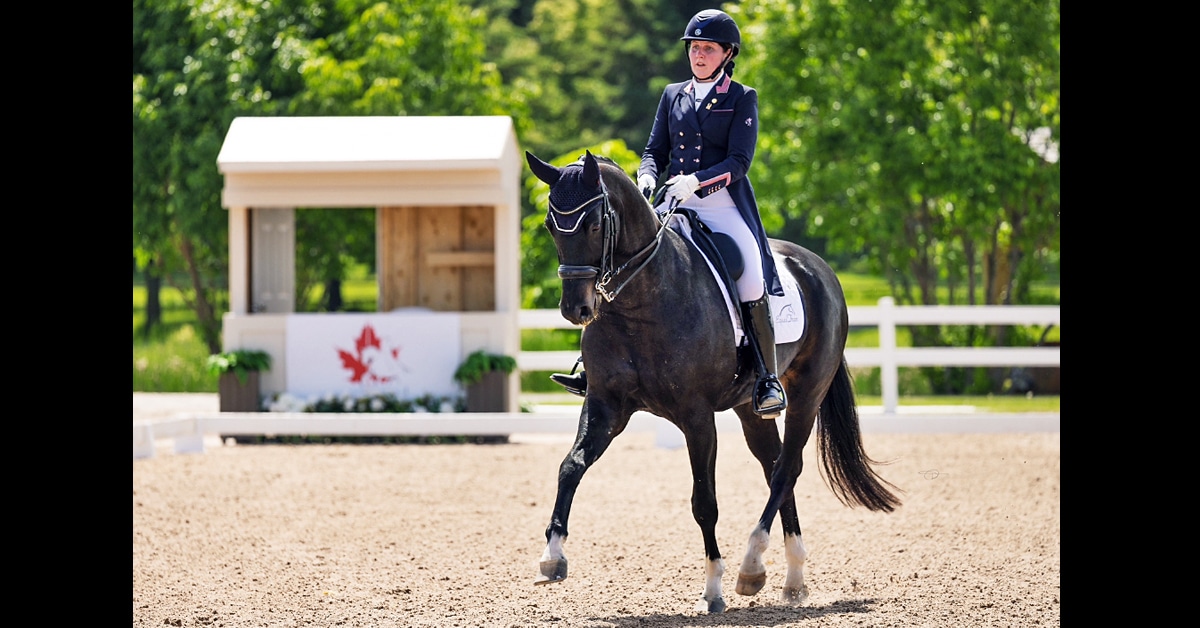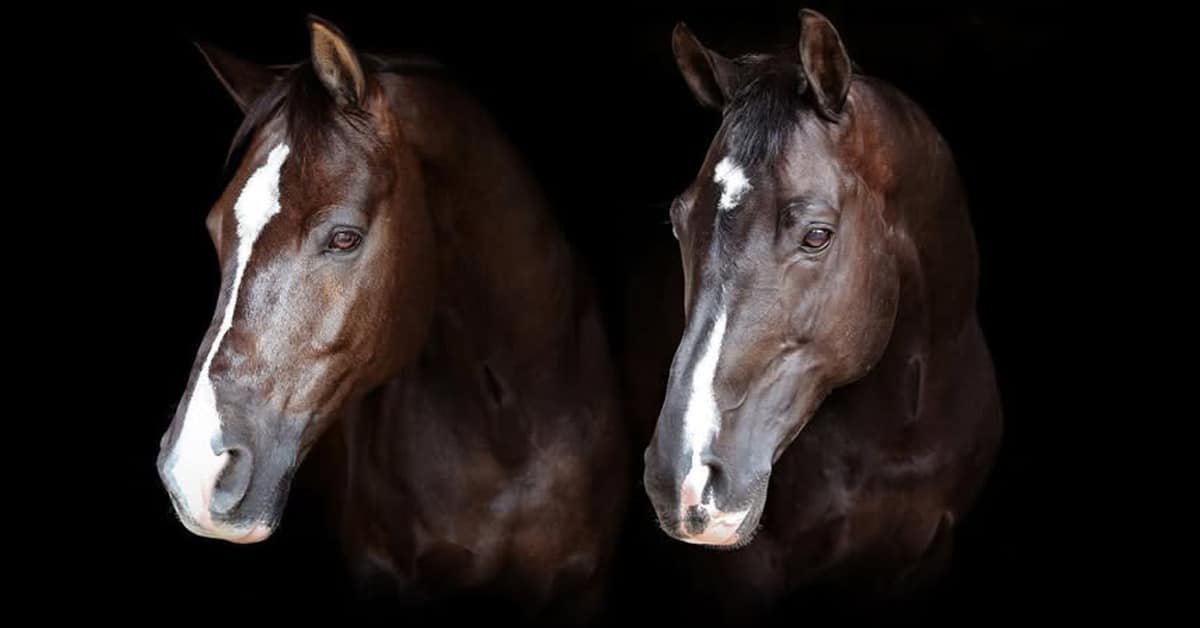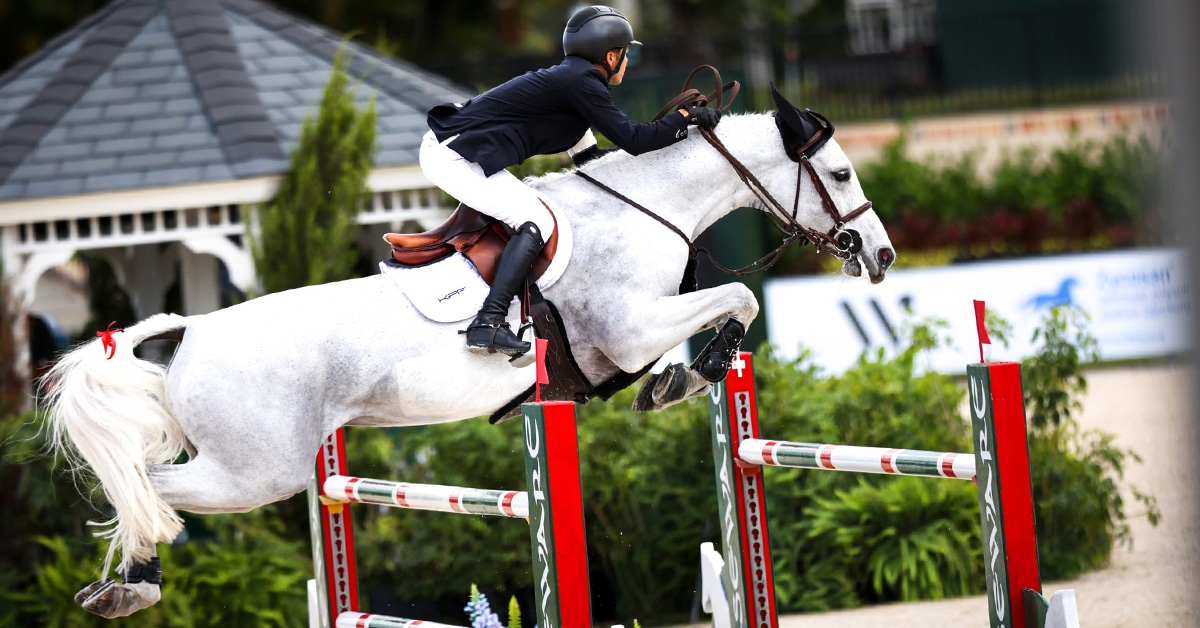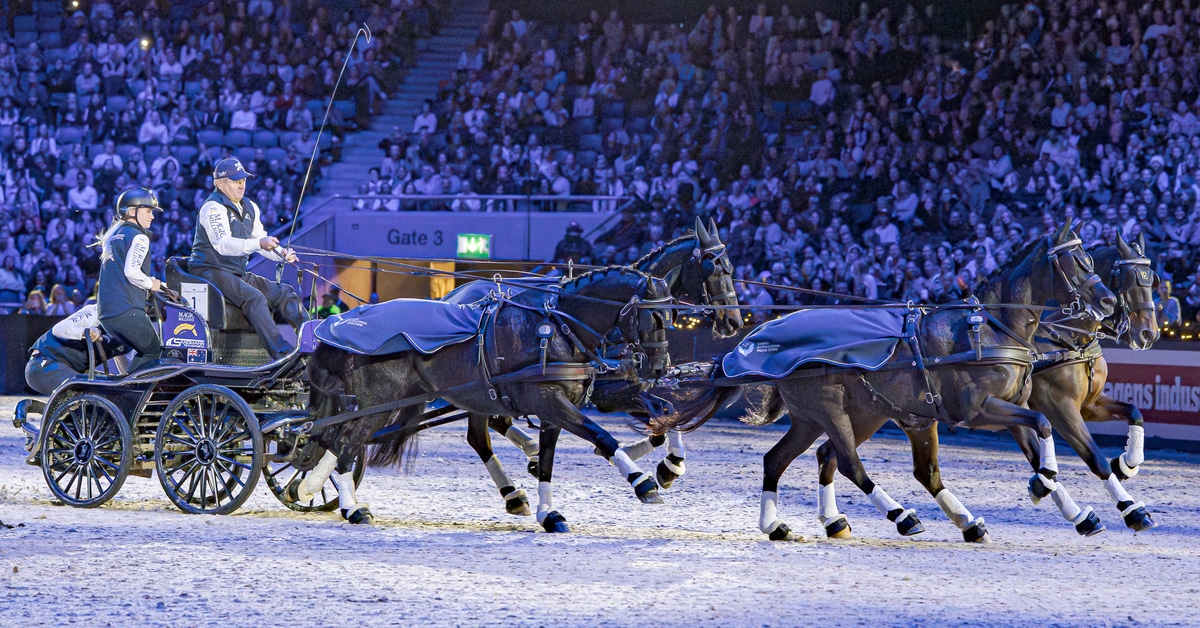The International Jumping Riders Club (IJRC) has submitted a large number of proposals for changes to FEI rules, to take effect from 2026. IJRC asking in particular for a fairer approach to sanctions in cases where there is clearly no intent to breach rules, while acknowledging that the welfare of the horse is paramount.
IJRC has also suggested an alternative approach to the use of the FEI noseband measuring tool, due to take effect of May 1, which has already met pushback in several disciplines.
FEI Jumping Rules undergo their four-yearly, full Periodic Review” in 2025, when there are no constraints on suggestions that FEI stakeholders and national federations may make. All other FEI sport rules not subject to Periodic Review may be amended where special conditions apply, for example relating urgently to horse welfare or to correct inconsistencies.
The IJRC has therefore made proposals for FEI General Regulations, Veterinary Regulations and Olympic Format to complement its suggested changes to the Jumping Rules. A session is devoted to them on the first day of the FEI Sports Forum in Lausanne from March 31-April 1. The IJRC will be represented throughout the Sports Forum and is ready to actively participate in the discussions, with its Director, Eleonora Ottaviani, and President, François Mathy, attending.
Eliminations – A Call For Proportionality
Since Tokyo, there has been no drop score in equestrian team events at the Olympic Games. This meant that a minor presence of blood on a horse’s flanks led to the non-appealable elimination of the Brazilian jumping team at Paris. The IJRC believes that consequence lacked all proportionality.
IJRC requests that Art. 241.3.30 of FEI Jumping Rules allows more discretion over minor blood on the flanks of the horse, with heavier consequences only where there the rider is involved in a further incident with blood in a 12-month period. The IJRC is concerned that elimination for any reason is increasingly misinterpreted by the public as resulting from a horse welfare issue, which is catastrophic for the image of our sport.
IJRC suggests that disqualification may be advised by the officiating vet only if, for example, there is visible trace of blood on the flanks caused by excessive use of the spurs, and the bleeding remains after wiping. Crucially, horses should then be subject to a result recorded as Not Classified, instead of using the term Elimination.
IJRC says: “One of the fundamental principles of law establishes the proportionality between sanctions and violations of the norm, something which is not currently contemplated by our regulations. For this reason, a micro lesion which does not cause suffering to the horse, or a micro mark, cannot be considered at the same way as lesion caused by excessive use of spurs or horse abuse.
Furthermore, in the execution of their functions, the officials should consider the consequences and any extenuating or aggravating circumstances.”
In the case of blood, the difference between the following should be clearly established:
1) Accidental micro lesions
2) Accidental injury
3) Lesions caused by an inappropriate act on the part of the rider
4) Horse abuse
Elimination for horse abuse and inappropriate acts should be established by the officials; for points 1 and 2 only, a veterinarian should establish whether the lesion is the cause of suffering and if it is a type that determines the immediate elimination or disqualification of the pair. The result “Not Classified” declared by a vet must be notified by the Jury.
IJRC also requests that a micro presence of blood should not lead to elimination, but a recommendation of a warning; over a 12-month period a second warning would result in a yellow card, and a third warning could lead to heavier sanction.
IJRC also proposes that it is not permissible to press against or apply pressure to the flanks, in a way that causes additional bleeding. The official who is checking the horse may only place his gloved hand lightly on the lesion without pressure.
A further proposal to improve proportionality applies to the suggested re-wording of Art. 241.1 of Jumping Rules, which allows the ground jury to eliminate any horse and/or rider who appears to be in an uncertain situation during their round”.
IJRC says: “In case of a doubtful or unclear situation, the President of the Ground Jury must allow the rider to complete their course. This ensures that official video footage or other available technology can be reviewed to determine whether the rider should be eliminated or not.” This would avoid mistakes such as the one that occurred at Riyadh during the Word Cup Final 2024.
The IJRC has also resubmitted a proposal over the right to a second opinion over a judges’ decision under FEI General Regulations Art. 161.2, especially as an Appeal Jury is no longer appointed at shows.
IJRC says: “The cited case history of the Court of Arbitration for Sport (CAS) establishes that in the field of play, decisions cannot be challenged. In many other sports (e.g. football and rugby), the referee or ground jury or the athletes have the chance to avail themselves of a second opinion, for example Video Assisted Referee (VAR). We are working on this point with different sports.”
It would be appropriate to reintroduce an Appeal Jury, at least for the major events (e.g. Championships, World Cup Finals and Olympics).
Drop Scores and The Olympic Games
The IJRC has always opposed the removal of the drop score at the Olympic Games, ever since the FEI raised the issue over eight years ago. The elimination of a team for a minor incident was a foreseeable if unintended consequence. IJRC also believes no drop score is horse unfriendly and against horse welfare. IJRC again requests a return to teams of four with a drop score.
“For welfare of the horses, riders would like to have the chance to retire his/her horse in any problem without causing the elimination of the team. It is therefore considered correct to get a fourth team-member reinstated in the Olympic format 1st round to safeguard the welfare of the horses. This format is implemented in the LLN and has proven to be successful and attractive to both the public and TV audience.” (The IJRC is awaiting for a proposal by the FEI Jumping Committee).
Moreover, the current format gives an unfair advantage to those riding only in the individual competitions.
IJRC states: “Individuals are waiting with fresh horses for the [Olympic] individual competitions, whereas teams have already jumped two rounds, so the individuals are advantaged. For this reason, individuals must jump at least one other competition before the individual competitions.”
Noseband Testing
The introduction of the new FEI noseband tightness tool from May 1 provoked considerable debate at the IJRC’s annual assembly in Geneva last December – read more here.
The IJRC suggests a new wording of Art. 1044.8 of FEI Veterinary Regulations, requiring noseband checks to be done pre-competition, before warming up, and not post-competition. Where there is post-competition testing, the athlete must be allowed a pre-competition test. Most importantly, the tool should not be used on every horse but only where the FEI official has doubts.
The FEI recently published a testing protocol for each discipline (after the IJRC had drafted this amendment) which allows testing to be targeted or random and told some media that testing of all horses at every show was never intended. IJRC will request clarification on this key point during the Sports Forum. Also, under Veterinary Regulations Art. 1004, IJRC feels the prohibition of clipping the hair inside the horse’s ears is misplaced and should be allowed where there is a written approval from a vet. Ear hair is an important protection for horses living in the wild, but it should also be taken into account that clipping in the well cared-for sport horse helps to keep the ears cleaner and maintain good health.
Invitations and U25S
The IJRC has made suggestions to open up opportunities at top level shows for talented young riders, and to cap the ever-rising costs for participants and organisers. These include:
Wild cards for Under 25s: An extra FEI wildcard for CSI5* and CSI4* to a U25 athlete with the necessary requirements. For CSIO5* and CSIO4* only one U25 with the necessary requirements, per event could be invited by the OC without their nationality being a consideration. IJRC says: “It is difficult for young riders and upcoming athletes to access the show in which they can display their talent or gain experience in order to become part of their national team. In addition, for smaller NFs, it is very difficult, nearly impossible to build up a team.”
World Cup qualifiers: (Art. 654.1.1.3.) Where a country does not organise a qualifier, its population size should no longer be part of the criteria for participation. These should be open to their riders providing they have at least one athlete in the top 60 of the ranking, or two in the top 200 countries of western European countries not organising a round.
Prize-money: The IJRC is in favor to reduce the PM in countries with high inflation and with grave economic difficulties. For South America – 30% on PM is allowed for CSI 1*,2*,3*, maintaining its status of stars.
Extra fees at CSIs: The IJRC asks that the extra costs/mandatory fees such as but not limited to manure removal, electricity, parking, TVA, etc. must be in line with the list approved by: FEI, IJRC, AJO and EO.
PM distribution: To include the 13th-placed rider in the PM distribution, especially in Grand Prix where starters at capped at 50.
Grand Prix rounds: All riders without penalties to progress to the second round, irrespective of the existing quota or percentage criteria.
Binding decisions about rules are not made at the FEI Sports Forum but it provides a platform for frank exchange of views on FEI proposals and policies. The forum is livestreamed, and the link will be found here shortly before the start.
More News










